| This means that they make copies of themselves before they die. |
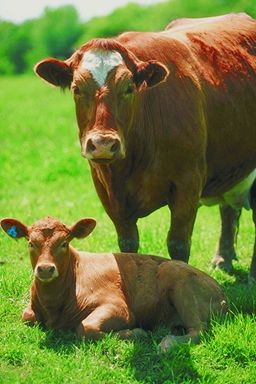 |
|
|
|
|
|
|
|
|
|
|
|
|
|
|
|
|
|
|
|
|
|
|
|
| This means that they make copies of themselves before they die. |
 |
|
|
|
|
The very first living things on earth were very small and simple. So, when they were fully grown they just split into two smaller copies of themselves. These animals belong to a group known as protists. An amoeba is a protist. Its body is a single cell and reproduces by dividing. |
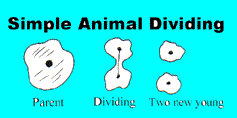 |
|
When animals became larger and the number of cells increased, they became more complicated and so some began to bud off young ones. When the young became strong enough they separated from the parent. A creature such as hydra, does this. |
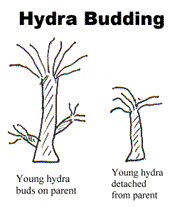 |
| As animals became more complex, their cell numbers increased again and so they had to find other ways to reproduce. |
| Some animals reproduce by laying eggs |
|
Frogs lay eggs. This is called frog spawn
|
 |
| Some snakes lay eggs. |
 |
| Most fish lay eggs |
 |
| Insects lay eggs. |
|
|
Many other animals reproduce by laying eggs. Birds lay eggs. The young hatch from the eggs. |
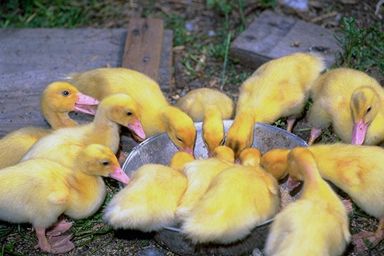 |
| They are then reared by the adult birds. |
 |
| Mammals make eggs and sperm, but the eggs stay inside the mother's body until they have grown into baby animals and are ready to be born. |
| Dogs are mammals |
 |
| Cows are mammals |
 |
| Rabbits are mammals |
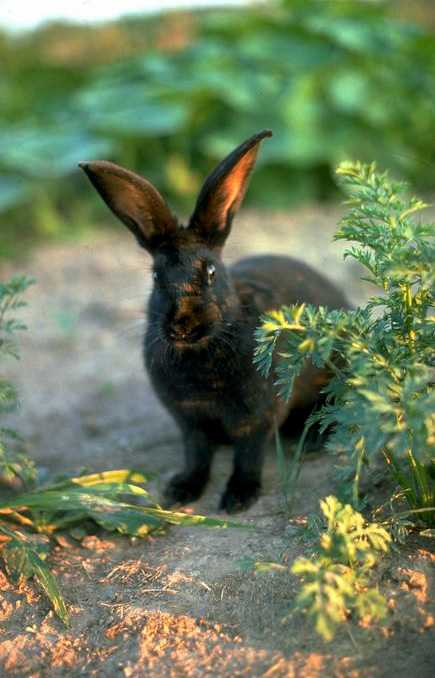 |
| We are mammals |
 |
|
Plants which have flowers reproduce from seeds. The new seedlings then grow into plants. |
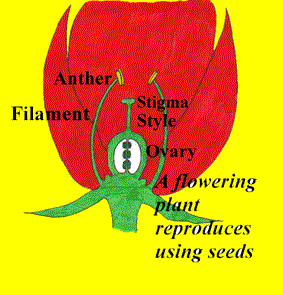 |